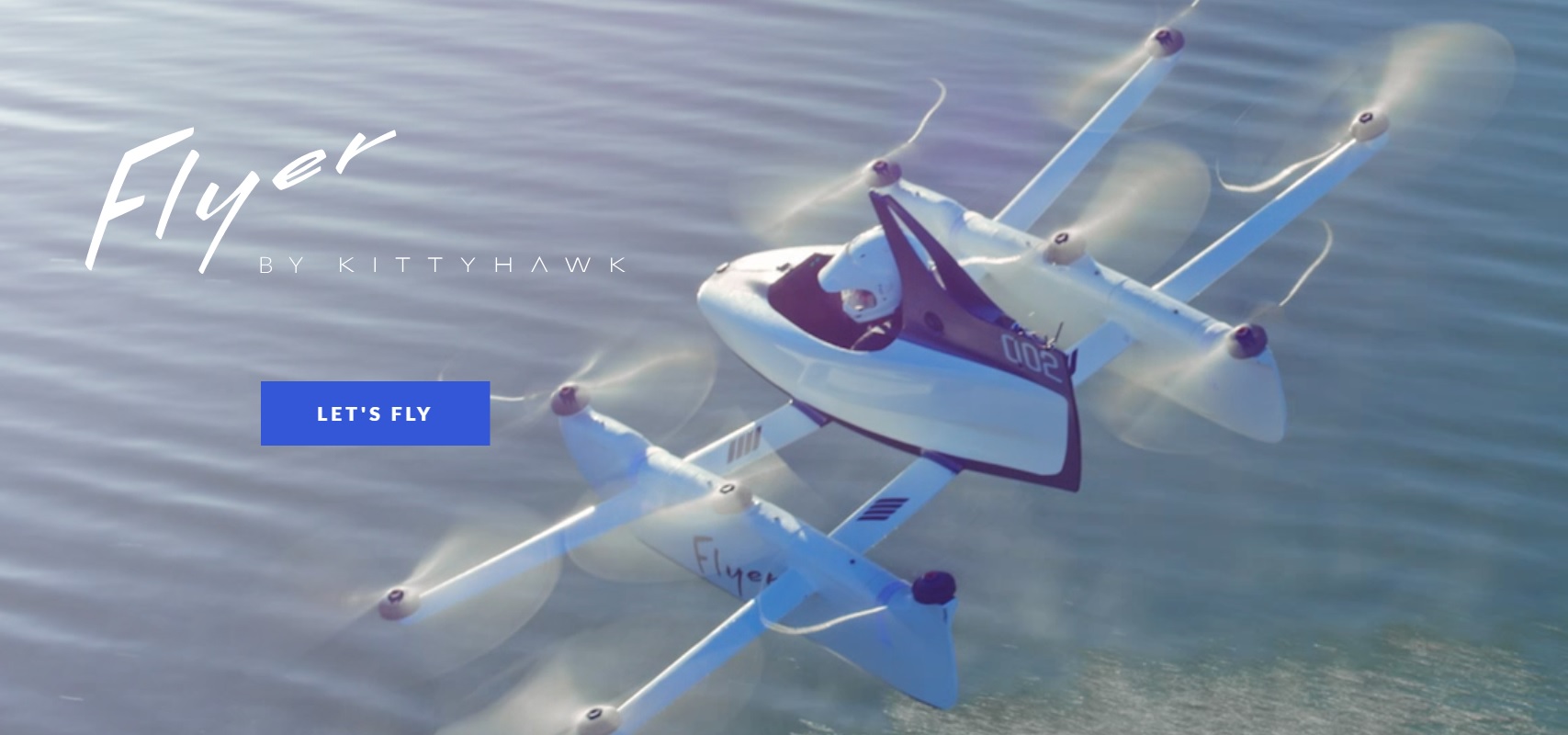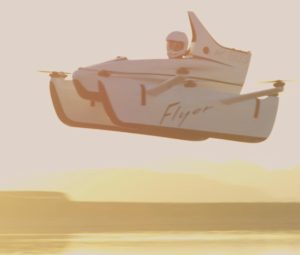 The prediction of when will we migrate to flying cars has been somewhat of a mystery. Though many sources in the past have said by 2020 consumers will be able to purchase a flying car there are still issues with airspace traffic control, airport landing fees and storage costs. Recently there have been a few companies that have been testing their flying car prototypes with expectations of it coming to market for consumers sooner than you think. Below are some of the newest flying car innovations and developments that will be happening over the next few years.
The prediction of when will we migrate to flying cars has been somewhat of a mystery. Though many sources in the past have said by 2020 consumers will be able to purchase a flying car there are still issues with airspace traffic control, airport landing fees and storage costs. Recently there have been a few companies that have been testing their flying car prototypes with expectations of it coming to market for consumers sooner than you think. Below are some of the newest flying car innovations and developments that will be happening over the next few years.
As of late last year, Uber announced their Uber Elevate program that would create urban aerial ridesharing, globally named “uberAIR”. In the press release Uber stated by 2023 customers will be able to push a button and get a flight on-demand. Dallas and Los Angeles were previously announced as the first two launch cities, and Uber seeking an international city as the third partner. These three cities will be the first to offer uberAIR flights, with the goals of operating demonstrator flights starting in 2020 and beginning commercial operations in 2023. Though their ambition of a full launch in 2023 one has to wonder, what are the requirements to be an uberAIR pilot?
Fortunately, Uber posted a list of pilot guide lines along with their uberAIR initiatives listed below.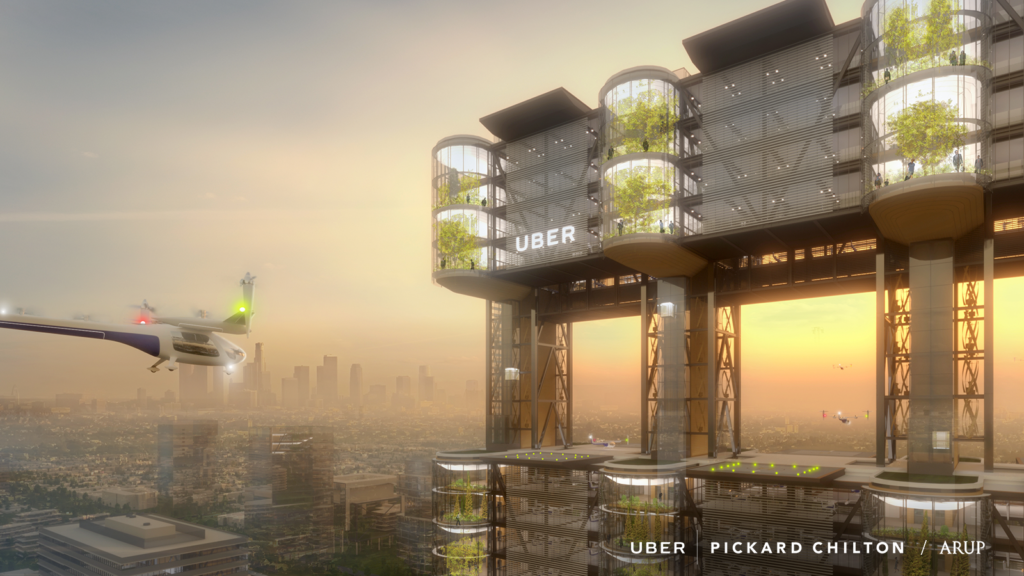
- Cities with a greater metropolitan area population in excess of 2 million people and a density of over 2,000 people per square mile will be able to support pooled ridesharing services and thus benefit the most from an uberAIR network.
- Ideal cities are polycentric, with multiple dense nodes of development in an urban area, and face significant traffic congestion. A large and dispersed city layout means that uberAIR will be able to offer significant time saving benefits at speeds of 150-200 miles per hour.
- The presence of a nearby large airport where travel may often take more than 1 hour to or from the city center—due to distance, demand, or bottlenecks (e.g., bridges, tunnels)—will make for a compelling use case.
- Because uberAIR will be providing transportation from node-to-node rather than point to point, it is critical that it can be integrated into a multi-modal solution that includes other options such as public transit, ridesharing, bikeshare and walking in a dense residential area.
- Cities should have stable and conducive environmental conditions that are well suited for aviation operations including a lack of extreme weather, temperature, and elevation.
- To facilitate the building of Skyports, it will be important to have the involvement of at least one large local real estate partner. It will also be valuable to have a streamlined building permitting, as well as zoning processes that enable mixed-use transit-oriented development and reduced parking requirements.
- Delivering on the goal of operating 100% electric VTOL aircraft will ultimately require a robust electrical grid supplied by low carbon intensity energy. A city’s commitment to reduce its carbon footprint and invest in grid modernizing technology is critical.
- Unlocking the potential of the sky will require modernizing policies and regulations. A philosophy of progressive regulatory approaches on new mobility technologies such as rideshare, dockless bikes, autonomous vehicles and drones is highly valued.
- At the core, this is a partnership — Uber is seeking a city partner who is as excited about the aerial ridesharing future as we are and who is committed to overcoming obstacles, foreseen and unforeseen, in bringing uberAIR to market.
For more information on their uberAIR initiative please visit: https://www.uber.com/info/elevate/.
SkyRunner MK 3.2 is an FAA certified special light-sport aircraft (S-LSA) with a military grade all-terrain vehicle. SkyRunneris one of the most versatile and logistically competitive machine on the market. SkyRunner conquers sand, dirt, snow, asphalt, and born to defy gravity; for those peaks, rivers, lakes, canyons, trees and cliffs. 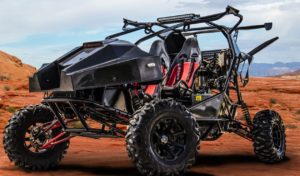 With the Skyrunner MK 3.2 airports not required, you can pretty much land it wherever you want! The two-seat SkyRunner is 100% designed, engineered, manufactured and tested in the United States. In July, 2016, SkyRunner was granted S-LSA status by the FAA. The performance specifications include:
With the Skyrunner MK 3.2 airports not required, you can pretty much land it wherever you want! The two-seat SkyRunner is 100% designed, engineered, manufactured and tested in the United States. In July, 2016, SkyRunner was granted S-LSA status by the FAA. The performance specifications include:
- Cruise Speed: 40 mph (35.7 knots)
- Maximum Flight Range: 120 nm
- Takeoff Distance: 600 ft
- Landing Distance: 600 ft
- Restricted Operating Altitude: 10,000 ft MSL or 2,000 feet AGL, whichever is higher.
- Stall Speed: 31 mph (27 knots)
- Glide Rate: 4:1
The base models of the SkyRunner SPORT ($139,000) and SkyRunner ELITE ($154,000) are available with many optional upgrades and are easy to CUSTOMIZE. For more information, visit www.FlySkyRunner.com.
The Flyer aircraft is Kitty Hawk’s first personal flying vehicle and part of their initiative to make flying part of everyday life. Flyer makes it easy to hover in place even when a human pilot isn’t touching the controls. There are no complex controls, or instruments clusters or screens to monitor. The Ultralight Flyer is designed to be easy to fly and flown for recreational purposes over water and uncongested areas only. The Flyer creates thrust through all-electric motors that are significantly quieter than any fossil fuel based equivalent. Per Kitty Hawk CEO Sebastian Thrun “It’s as easy to use as playing Minecraft.”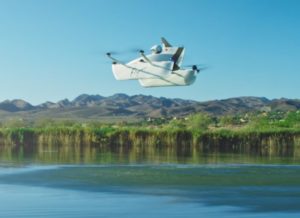
When Flyer is in the air, depending on your distance, it will sound like a lawnmower (50ft) or a loud conversation (250ft). In the US, Flyer operates under FAA CFR Part 103 – Ultralight. FAA does not require aircraft registration or pilot certification though flight training is highly encouraged. Ultralights may only be flown over uncongested areas. Below are further specifications of Kitty Hawk’s Flyer:
- Power: All-electric / Lithium Polymer Batteries
- Capacity: Designed for one participant
- Height Limit: Operates between 3-10 ft off the surface of water
- Wingspan: 8’ x 13’
- Weight estimate: 250 LBS
- Vertical take-off and landing: Powered by 10 independent lift fans (propellers)
- Battery Life: Battery life will depend on participant weight, environmental factors, and forward speed.
- Flight time: 12-20 minutes (at 20 mph)
- Regulation: Part 103 Ultralight
The Flyer is not on market yet but coming soon! If you’re interested in pre-ordering, please fill out the Founder Series form here. For more information please visit: https://flyer.aero/.
There are so many other flying car/ personal aircrafts developments to occur over the next couple years as we increase our knowledge of air space regulations throughout the world. It’s an exciting time in personal aircraft technology and we can’t wait to see what is next.
###
Source: CNN, Fly Sky Runner, Kitty Hawk, MSNBC, Uber

